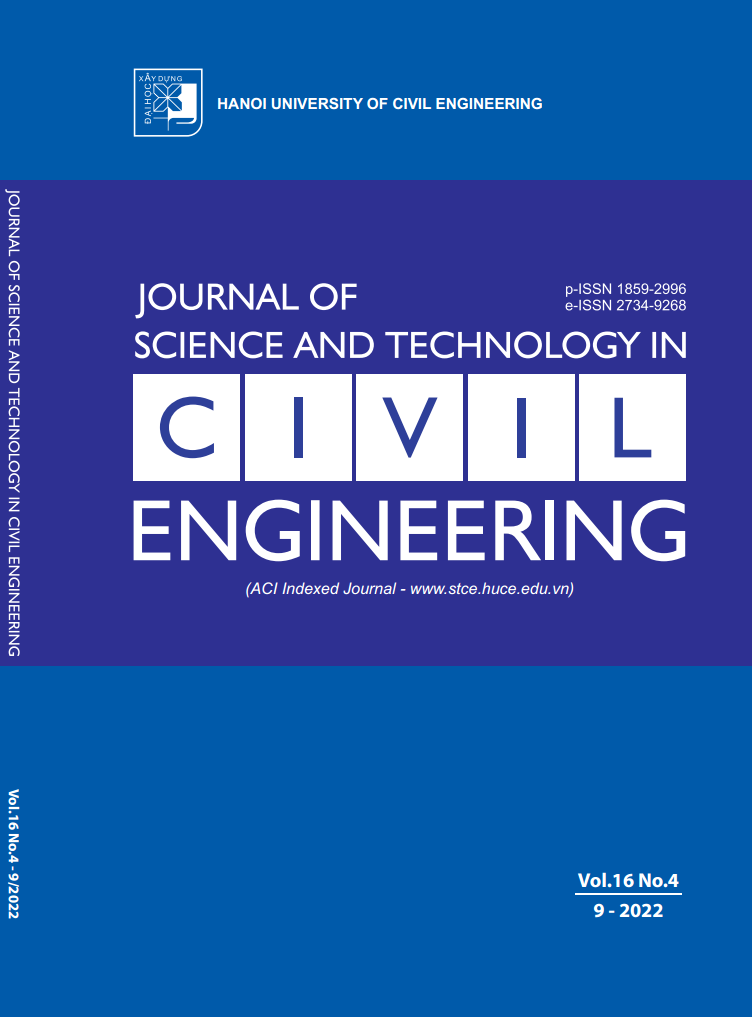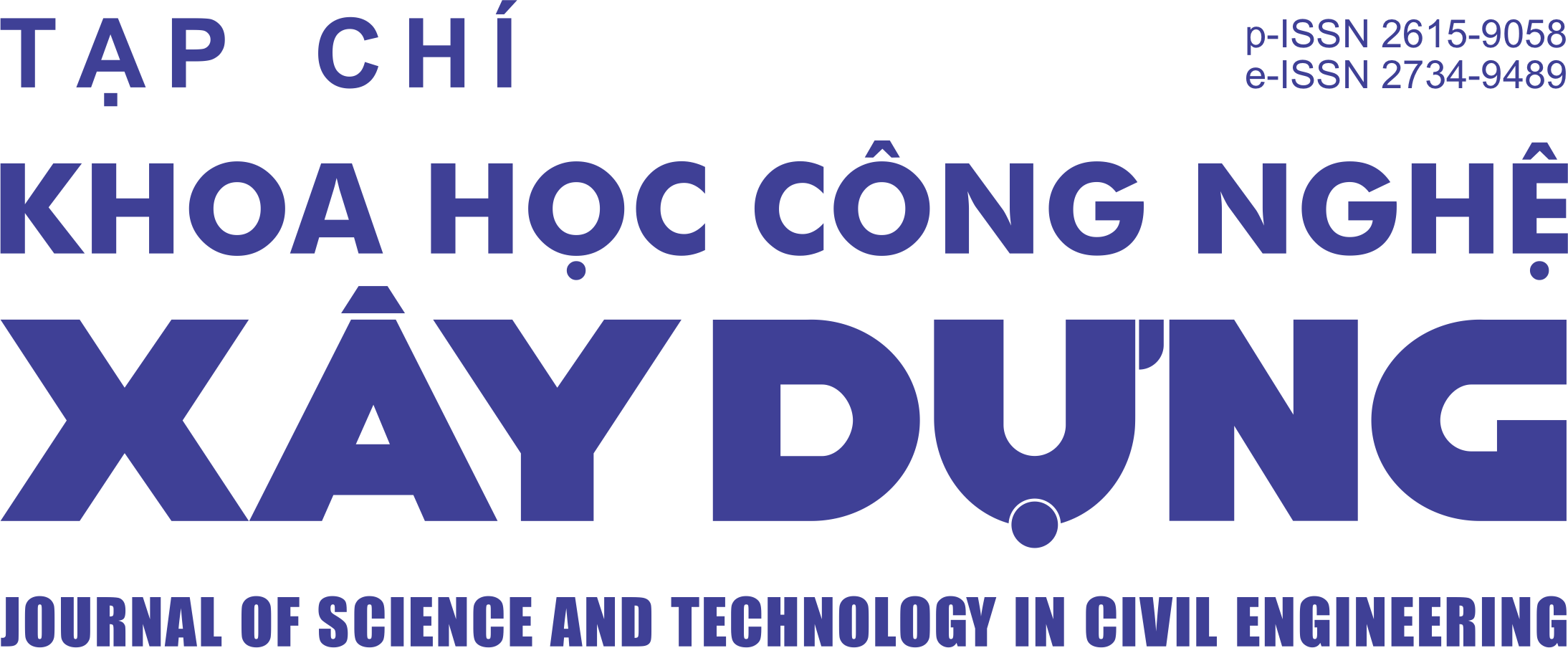Blockchain crowdsourced arbitration in construction project delay resolution
Abstract
A major matter in any industry, especially one with complicated stakeholder relationships like the construction industry, is dispute resolution. Blockchain technology, in the form of crowdsourced arbitration, may assist project stakeholders to conclude a verdict for any conflict including an argument over delay damage responsibility. This paper aims to propose a Blockchain-based methodology to facilitate small and medium project delay resolution demands on a timely and transparent basis. The methodology consists of two implementation stages: (i) A Blockchain-powered crowdsourced arbitration jury to analyze and determine the responsible party and subsequent affairs following predefined conditions of the contract and (ii) Blockchain-based smart contracts to enable automatic implementation of said events including automatic payment of penalty and/or compensation cost. The introduced method is validated by a case study of crowdsourced arbitration using the Rhubarb plat-form to resolve disputes over who should be responsible for the delay of a garage construction project taken from an academic study on delay analysis techniques. The final verdict was that the contractor must reimburse the client’s financial loss following established terms and conditions on liquidated ascertained damages via smart contract operation. The research also underlines the pros and cons of both current decentralized dispute resolution practice and this research proposed model in the construction field for future studies.
Downloads
Copyright (c) 2022 Hanoi University of Civil Engineering

This work is licensed under a Creative Commons Attribution-NonCommercial-NoDerivatives 4.0 International License.
1. The Author assigns all copyright in and to the article (the Work) to the Journal of Science and Technology in Civil Engineering (JSTCE) – Hanoi University of Civil Engineering (HUCE), including the right to publish, republish, transmit, sell and distribute the Work in whole or in part in electronic and print editions of the Journal, in all media of expression now known or later developed.
2. By this assignment of copyright to the JSTCE, reproduction, posting, transmission, distribution or other use of the Work in whole or in part in any medium by the Author requires a full citation to the Journal, suitable in form and content as follows: title of article, authors’ names, journal title, volume, issue, year, copyright owner as specified in the Journal, DOI number. Links to the final article published on the website of the Journal are encouraged.
3. The Author and the company/employer agree that any and all copies of the final published version of the Work or any part thereof distributed or posted by them in print or electronic format as permitted herein will include the notice of copyright as stipulated in the Journal and a full citation to the Journal as published on the website.







